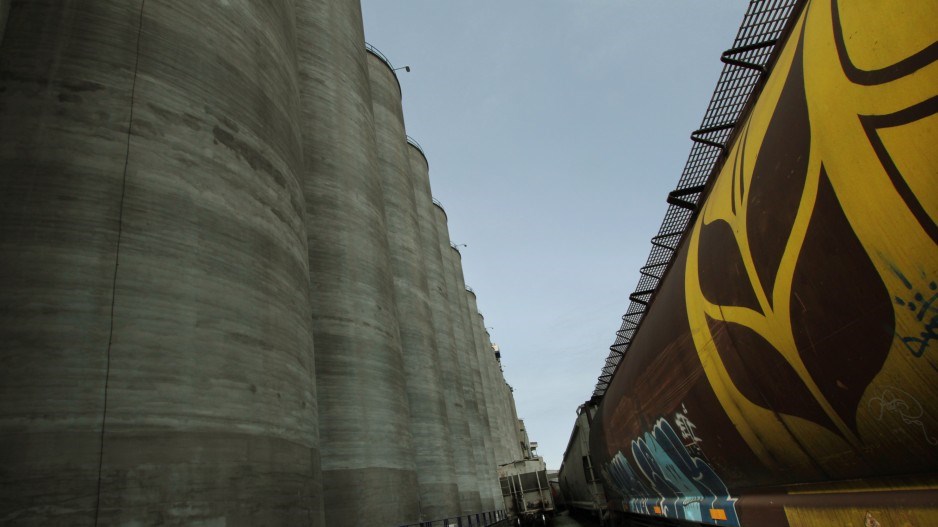The Port of Vancouver’s 2016 financial report reflects a difficult year in global seaborne trade and a disastrous year for international shipping lines.
Numbers released at the Vancouver Fraser Port Authority’s May 30 annual general meeting showed annual port revenue down 1.7% to $235 million compared with fiscal 2015 and consolidated EBITA (earnings before interest, taxes depreciation and amortization) down 4% to $140 million.
As Business in Vancouver documented earlier this year, overall cargo shipped through the port during 2016 dropped 2% to 136 million tonnes from 138 million tonnes during 2015.
But Robin Silvester, president and chief executive officer of the Vancouver Fraser Port Authority, pointed out that despite global economic downturns, the port’s ability to handle a wide range of cargo helped it record its fourth consecutive year of cargo volumes of more than 135 million tonnes.
That cargo-handling diversity helped level out peaks and valleys in main sectors.
Automobile cargo volumes, for example, were up 2% in 2016 compared with 2015, and cruise ship passenger traffic was 2.7% higher in 2016.
But breakbulk and bulk cargo numbers were down 1% and 2%, respectively, compared with 2015, and containerized cargo, which accounts for 47% of the port’s revenue, was down 4%.
The port’s financial report attributed the drop in container cargo to several factors, including weakness in the Canadian economy and a cargo boom in 2015 generated by major deep-sea container shipping companies diverting large numbers of U.S.-bound containers to West Coast Canadian ports because of goods movement interruptions caused by protracted dock worker contract negotiations at West Coast U.S. ports.
But growth in global container traffic also slowed in 2016. That slowdown worsened an already difficult year for global container shipping lines, which collectively lost an estimated US$13 billion in 2016 as overcapacity persisted and container shipping rates fell to record lows.
However, analysts have a brighter outlook for 2017.
Earlier this year, Drewry forecast slightly stronger demand this year and marginally reduced capacity in the global container fleet. The U.K.-based shipping consultancy even projected a US$1.5 billion profit for major shipping lines this year.
However, Drewry’s May 28 update noted that only five of 13 major global container-shipping lines surveyed managed to post a profit in 2017’s first quarter.
It concluded that container carriers will have to wait “slightly longer than expected for the profits to roll in.”
Major risks to the Port of Vancouver’s business listed in its annual report range from lack of available industrial land for port business expansion and supply-chain capacity imbalances to project delays caused by third parties and damage to the port’s reputation from social media.
The report noted, however, that the World Trade Organization has forecast world trade for 2017 to grow between 1.8% and 3.1%.
Strong growth in container volumes at key international ports in 2017’s first quarter recently prompted shipping data company Alphaliner to revise full-year global container throughput growth to 4.6% from earlier projections of between 2% and 3%.
Vancouver is projecting its overall cargo to increase 1% this year and annual cargo growth to average 4% over the next five years.
@timothyrenshaw




